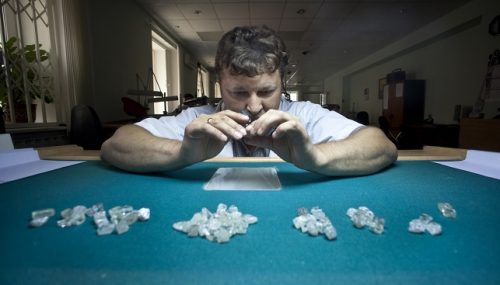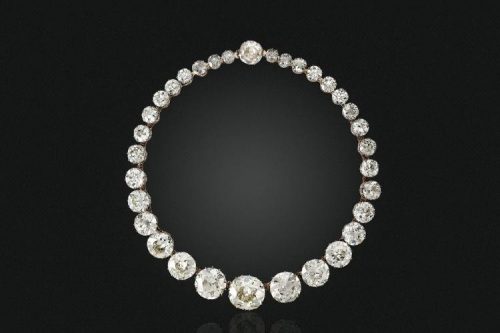
Lab grown diamond technology is disrupting the diamond business
Lab-grown diamonds that producers say have all the characteristics of the ones that were formed deep in the Earth naturally are finding a place in the market. The Robb Report estimates that lab-grown diamonds sales will reach $420 million this year. That’s almost 3% of the $14 billion annual diamond market.
Spence Diamonds, a 40-year-old Canadian fine jeweler, has expanded into lab-grown diamonds and is opening stores in the U.S., including three in Texas: West Village in Uptown Dallas, Legacy West in Plano and The Domain in Austin.
Government regulators and industry groups are all over the topic.
In April, the Federal Trade Commission searched through diamond jewelry ads and on social media to see what shoppers were being told.
The agency found eight businesses using ads that could be deceptive or not in line with its jewelry guides. Spence Diamonds was not one of those.
Earlier, the FTC had removed the word “synthetic” from lab-grown diamonds but told jewelers that they must specify clearly to shoppers that the diamonds are lab-grown. And jewelers must use a different scale than they do for Earth-mined diamonds.
At the Spence store in the West Village, 500 bridal settings are displayed in traditional glass cases, but they’re open. The rings have glass stones, so shoppers can try on all they want without being watched or having to wait for someone to help them.
Lab-grown diamonds are priced lower. Spence sells a mined 1.5 carat diamond solitaire ring for $12,179 and one with a lab-grown 2.3 carat diamond for $10,739.
“We’re aware that the U.S. and Dallas is saturated with jewelry stores, but we love how we are positioned,” said Veeral Rathod, Spence Diamonds’ CEO and the former CEO and co-founder of Dallas-based J. Hilburn. He joined the Vancouver-based company in September.
Spence will make any engagement ring, either in one of its 3,000 settings or a special design brought in by the customer and make it out of either mined or lab-grown diamonds. That’s also true with stud earrings, he said, and the jewelry can be customized to fit the shopper’s budget.
Why is this happening? Some consumers are drawn to them over environmental or political concerns.
Others simply prefer a bigger stone for less money.
“Technology and science has made it possible, and the FTC has confirmed that they are chemically and physically the same,” Rathod said. “We just have to be sure the customer knows what they’re buying, and let the consumer make an informed decision.”
Source: DCLA





